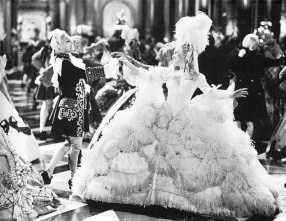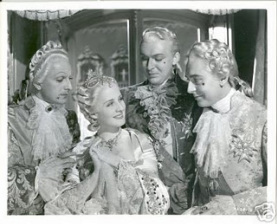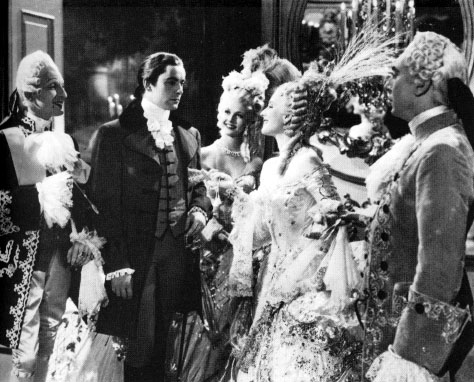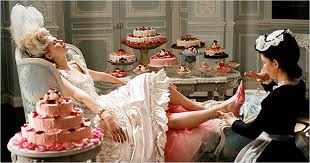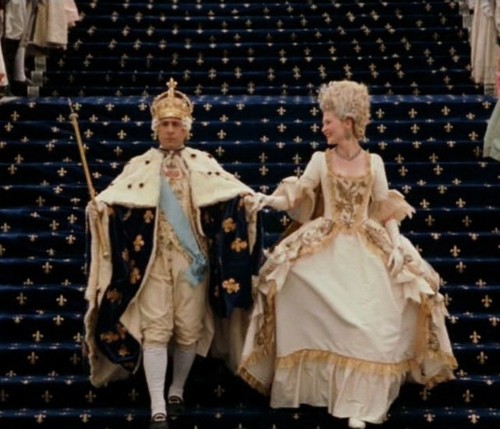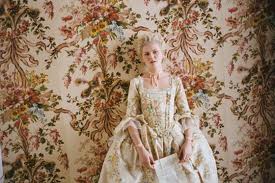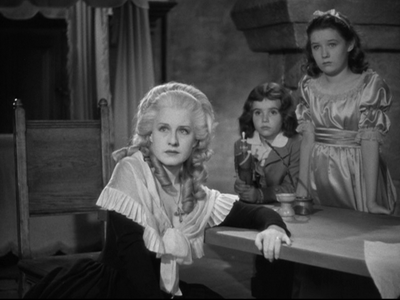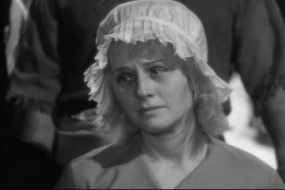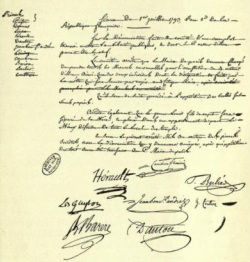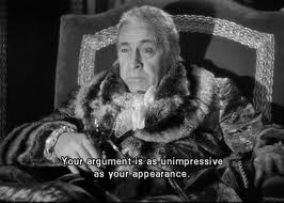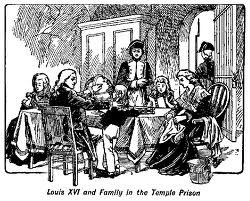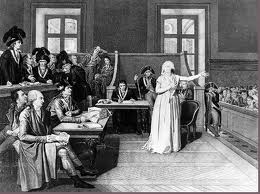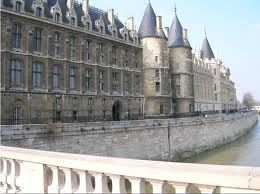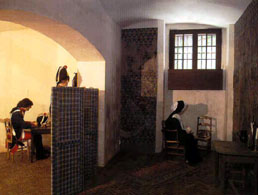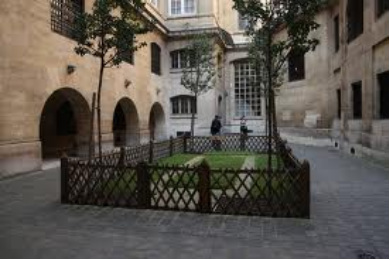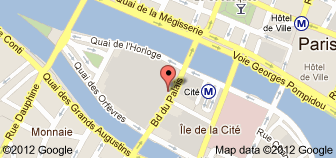Marie Antoinette (1938)
Why is the 1938 version superior to the 2006 version?
The older biopic gives a richer, more detailed and more accurate portrayal of court life.
The Norma Shearer movie makes it clear that the royal court under Louis XVI and Marie Antoinette was the focus of political and social contests whose outcomes had significant and sometimes dangerous consequences. The outcomes of courtly scandals, factions and extravagances had resonances that extended beyond Versailles into Paris and the nation. The film makes it clear that the King and Queen eventually realise this, but their actions are to repair the damage occur too late. The Coppola version, by contrast, persists in treating the court as a mere playground for the privileged aristocracy. Her film shows no awareness of the court's vital function as a political battleground and pays little attention to the political actions of the royal couple. And strangely, the black and white photography as of van Dyke's movie gives the court a more regal and imposing presence than do the pastels of Coppola's version. Whereas her film's courtiers seem to be young, ineffectual but harmless, van Dyke's courtiers are older, scheming, threatening and malevolent.
